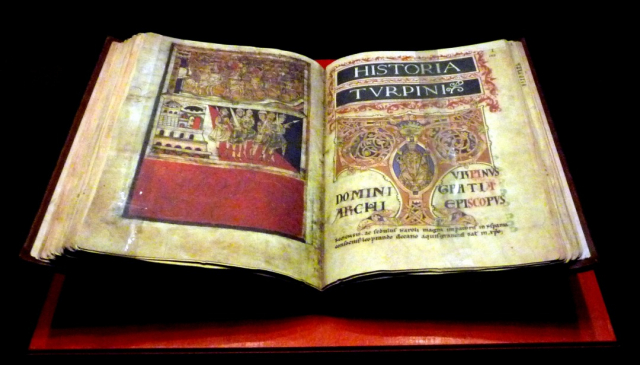Why is the Camino de Santiago also known as the Way of the Stars?
The origin of the Camino de Santiago has a long history with the night sky
The Camino de Santiago has never been an arbitrary route, and has several layers of meaning that even today have not been fully unraveled. Even today, the thread that this pilgrimage weaves through all its history, which has an inseparable link with the night sky, continues to be pulled. There are many reasons why the Camino de Santiago is known as the Camino de las Estrellas.
The secrets of the stars
The first indication of this relationship between the astronomical and the Jacobean is found in the very layout of the Way. Taking the Camino Frances as a reference, the route to Santiago has an east-west orientation that coincides with the arm of the Milky Way that is visible from Earth. In addition, the ancient pilgrims, who had to rely on their orientation, took as reference the indicators of the stars, that is, the constellations and the direction of the Milky Way.
The discovery of the tomb of Santiago is also linked to the night sky. In the middle of the 9th century, Bishop Teodomiro discovered the tomb of Santiago thanks to the stars, where the crypt of the cathedral is now located. Some stars miraculously warned of the location of the apostle's remains, and became one of the first symbols of the Jacobean tradition.
Charlemagne and the Apostle James
The Way of the Stars has been recorded in writing since the twelfth century, in a reflection of the emperor Charlemagne collected in book VI of the Codex Calixtinus. In that passage, he contemplates the path of stars in the sky that crossed all of Europe.
“And immediately he saw in the sky a path of stars that began in the Frisian Sea and, extending between Germany and Italy, between Gaul and Aquitaine, passed directly through Gascony, Vasconia, Navarra and Spain to Galicia, where he was then hiding. , unknown, the body of Santiago”.
Soon after, the apostle James appeared to Charlemagne. This entrusted him to follow that path of stars, which led to his grave. The apostle wanted him to free the area where his relics rested from the Muslims so that pilgrims from all over the world could come asking for the forgiveness of their sins.
Compostela, campus stellae
There is an etymological theory, although not the most recognized, that defends that the very name of Compostela is linked to the sky. Apparently, it could come from the Latin expression campus stellae, referring to the way the tomb was discovered. The literal translation would be "field of the star", which would give a very evocative origin to the current toponym of the city.
Alchemists territory
A meaning with esoteric nuances can be found in the reference to the stars of the Path. The history of the alchemists remains a mystery to some extent, but there are things that are known for sure thanks to documented sources. Two of those data are related to this Path of the Stars, although separately in principle. In the first place, the symbol of the alchemists is a star, and also one of the initiatory itineraries of this guild goes through the Camino de Santiago.
There are many stories that mark a clear relationship between the firmament and the Camino de Santiago. The veracity of each one is not known with certainty, but the link is undeniable. What is clear is that, for centuries and for centuries to come, all pilgrims walk the Camino accompanied by the stars.
Routes
Blog
 ¿Vas a hacer el camino de Santiago? Cuida tus pies antes y después
¿Vas a hacer el camino de Santiago? Cuida tus pies antes y después
 5 razones por las que contratar un seguro de viajes
5 razones por las que contratar un seguro de viajes
 Formas de hacer un logotipo
Formas de hacer un logotipo
 La importancia del registro de llamadas durante tu viaje por el Camino de Santiago
La importancia del registro de llamadas durante tu viaje por el Camino de Santiago
Information
Points of interest
Cities & Towns | Hostels | Lodgings | Restaurants | Saddlery | Doctors | Points of interest | Bikes workshop
Contact us | Privacy policy | Cookies policy | | Terms of use | Authorship | Web Map | Consentimiento
© Copyright LA VOZ DE GALICIA S.A. Polígono de Sabón, Arteixo, A CORUÑA (ESPAÑA) Inscrita en el Registro Mercantil de A Coruña en el Tomo 2438 del Archivo, Sección General, a los folios 91 y siguientes, hoja C-2141. CIF: A-15000649

